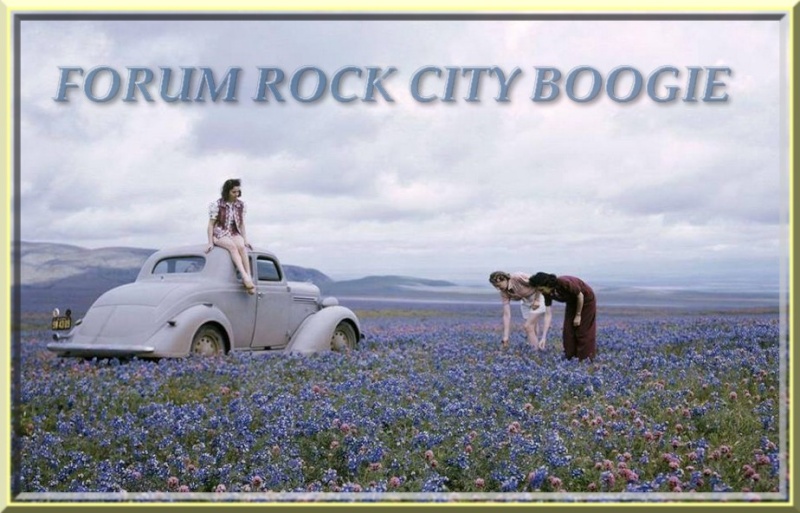Nashville, Tennessee
From Philadelphia to Fiji, the Grand Ole Opry is synonymous with country music. How it earned that reputation – indeed, how it became the longest-running live radio show in the world and a business success story – is quite a tale.
It began on the night of Nov. 28, 1925, when a young announcer on Nashville radio station WSM (650 on the AM dial) introduced an 80-year-old fiddle player, Uncle Jimmy Thompson, as the first performer on a new show called "The WSM Barn Dance."
That voice was George D. Hay, a former newspaperman who labeled himself "The Solemn Old Judge," but in actuality was neither old nor a judge. Somehow, Hay knew he had started a good thing, but just how good he had no idea.
Now more than 80 years later, the show Hay started is still going strong. Along the way, it became the foundation for a huge entertainment resort and led the way for Nashville to become Music City.
The more the Opry changes, the more it stays the same: Good music, good people, good business.
WSM was owned then by the National Life and Accident Insurance Co., and the studio where Hay and Uncle Jimmy Thompson started everything was on the fifth floor of the insurance company's building in downtown Nashville. Soon, however, the show's home and name were changed.
As Hay recalled it, his show followed an NBC network radio program on Saturday nights called "The Music Appreciation Hour." One night in 1928, Hay announced, "For the past hour, we have been listening to music taken largely from Grand Opera, but now we will present 'The Grand Ole Opry.'" The name stuck.
Crowds of people came to the studio and stood in the corridors, just to be where the show originated. WSM decided to move the Opry to its own home, Studio C, so audience reaction could add to the program. Studio C held 500 enthusiastic country music fans.
However, the crowds kept growing. The Opry moved to the Hillsboro Theatre in southeast Nashville and then to the Dixie Tabernacle in east Nashville. In July 1939, it moved to the newly constructed War Memorial Auditorium in downtown Nashville. In an effort to curb the crowds, an admission fee of 25 cents was imposed, but it didn't deter anyone. So, the Opry had to move again --this time to the Ryman Auditorium – in 1943.
Riverboat captain Tom Ryman built the Ryman Auditorium in 1892 in gratitude to a preacher who had shown Ryman the light. Ryman first encountered the preacher when he attended a tent revival intent on disrupting it. As it turned out, it was the preacher who prevailed. The auditorium left much to be desired in the way of comfort and convenience, but the Opry's fans didn't seem to mind. The Ryman seated 3,000 people, and for three decades it was the Opry's home.
When the crowds grew too large for a single performance, a second Saturday night show was added. Long lines of fans braved winter cold and summer heat to see string bands such as the Gully Jumpers, the Fruit Jar Drinkers, and the Crook Brothers. Until 1938, the music was mostly instrumental. Then, however, a young man from East Tennessee named Roy Acuff stepped on stage with his Smoky Mountain Boys with songs such as "The Wabash Cannonball" and "The Great Speckled Bird." Singing found its place with the picking. Soon, singers such as Ernest Tubb, Cowboy Copas, and Hank Williams were regulars.
In 1939, the NBC Radio Network began carrying a portion of the Opry as a network show. During the 1940s and 1950s, performers such as Lester Flatt and Earl Scruggs, Hank Snow, Ray Price, Marty Robbins, Kitty Wells, Johnny Cash, Grandpa Jones, and Porter Wagoner became Saturday night favorites across the country.
In the 1960s, stars such as Loretta Lynn, Bill Anderson, Dottie West, Connie Smith, and Dolly Parton joined the elite group who could call themselves members of the Grand Ole Opry.
Country music, the Opry and technology harmonized as well as the vocalists on stage.
While the Opry's popularity remained solid, the Ryman deteriorated and along with it, the surrounding portion of downtown Nashville. Once again, the solution was to move. This time, the destination was the Grand Ole Opry House, a 4,400-seat auditorium that was to become the centerpiece of the Gaylord Opryland entertainment resort.
The Opry said goodbye to the Ryman Auditorium on Friday night, March 15, 1974. The next night, President Richard Nixon joined Roy Acuff on stage at the Grand Ole Opry House. Still, they could keep in touch with the traditions of the Ryman because an eight-foot circle of hardwood was taken from the Ryman and placed center stage at the Opry House.
The magic continues. Dierks Bentley, Garth Brooks, Diamond Rio, Little Jimmy Dickens, Vince Gill, Patty Loveless, Loretta Lynn, Martina McBride, Lorrie Morgan, Brad Paisley, Jean Shepard, Ricky Skaggs, Marty Stuart, Porter Wagoner, and Trisha Yearwood are among the stars that are part of the Opry family. Tens of thousands of people make pilgrimages every year to see and hear them.
In the winter months, the Opry comes home to the Ryman, bringing full circle one of Nashville's great cultural and commercial success stories. Back in 1925, when National Life and Accident Insurance Co. started WSM, the company used the slogan,
We Shield Millions, as the take-off for the station's call letters. The company may have shielded millions from fire, wind and flood, but it gave millions the sound of country.





